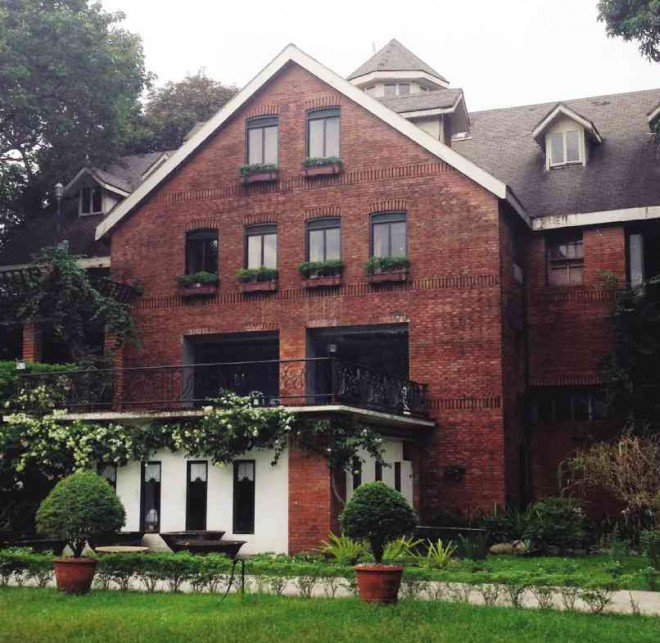What is the first Ilokano word you learned? For incoming college student Bryant Acoba, it was “nabangsit” or “smelly.” The second word was, of course, “nabanglo” (fragrant).
Laetitia Marie Nazareno Mahoney first said, “Mama,” but when she realized it was an international word, she mentioned “nabsug” (satiated or stuffed).
Devani Gaoing Agbayani mentioned “digos” (bath) and “naturog” (slept).
Acoba, Mahoney and Agbayani were three of six young students from Hawaii who arrived in Ilocos Sur recently to practice their Ilokano, a language they learned three months back in Hawaii.
They were among the 15 Hawaiian students, 18 to 23 years old and of Ilocano ancestry, who took part in the iLAING (Ilokano Language Acquisition and Immersion for the New Generation) at the Filipino Community Center in Hawaii.
iLAING (which comes from “laing” or “smart”) was created by Dr. Aurelio Agcaoili of the University of Hawaii’s Ilokano language program.
It consisted of 20 short lessons focusing on Ilokano as a second or heritage language which, according to Agcaoili, is equivalent to Level 1 oral proficiency. After three months, five of the students would be taken to the Ilocos to mingle with the people and talk to them in Ilokano.
Other than the three, chosen iLAING students included Kendrick Go and Christian Paulo Alimbuyao. Vanessa Jacob later joined them. Because the project was initiated by the Philippine consulate general in Honolulu and its partner organizations like FilCom Center, Candonians of Hawaii, the Candon City government and local officials, Etrata Foundation, Philippine Airlines and Western Union, the chosen students came to the Philippines for free.
First visit
Candon City, being the newest sister city of Honolulu, hosted the six students.
In their short stay, the students got to use “nabsug,” “digos” and “awan turog” (no sleep) a lot. We don’t know if Acoba was able to use “nabangsit” and “nabanglo” though.
It was especially historical for Acoba because it was his first visit to the Philippines. He, Agbayani and Mahoney are descendants of “sacada” (plantation workers), the first overseas Filipino workers to the United States. The first 15 sacada, who went to Hawaii as sugarcane plantation workers in 1906, were from Candon.
Bryant’s great grandfathers were Tito Barnacha from Candon and Mariano Acoba from Sarrat in Ilocos Norte, who both arrived in Hawaii in 1946. Agbayani’s great grandfather, John Remigeo Gaoing, was from Dingras, also in Ilocos Norte. Mahoney’s ancestor, Ramon Nazareno, came much earlier in 1912.
Agbayani said her grandfather told her about his hard life in the Philippines. “He was a farmer. He moved to Hawaii because he wanted a better life,” she said.
The students’ short stay in Ilocos Sur was full of dance, food and mingling with students their age. They held a mini concert in Candon and listened to Ilocano songs.
What about the food? “Making the transition of having 10 meals a day with mango and fresh fruits to only 3,” tweeted Acoba when he returned to Hawaii on Monday.
Alimbuyao also tweeted: “Still the same weight. I swear I should have gained 20 lbs.”
Other highlights for the six students were a visit to a Candon high school with differently abled students and another school where they saw a mural painting, which, Mahoney, a graffiti artist in Roosevelt High in Hawaii, said she cherished. They also went to a cockfight and were serenaded by tenor John Glenn Gaerlan with an operatic version of “Duduaem Pay” (If You Still Doubt).
Agcaoili said they would expand the program next year, starting in February and ending in May, with the immersion in June. He said the program’s sponsors are glad to be back next year as well.
